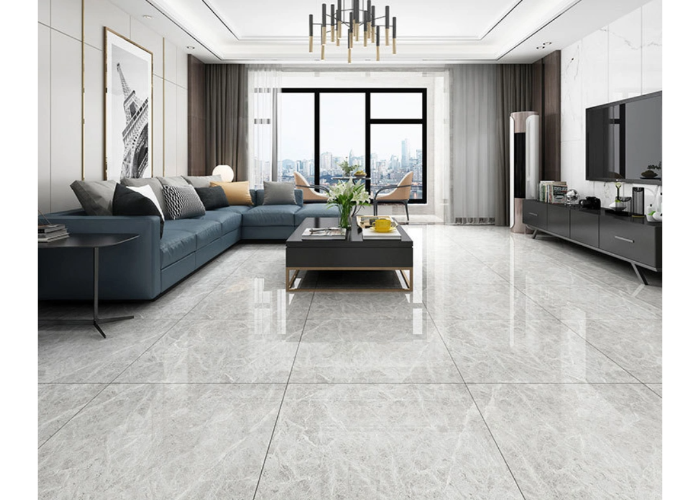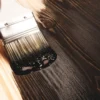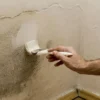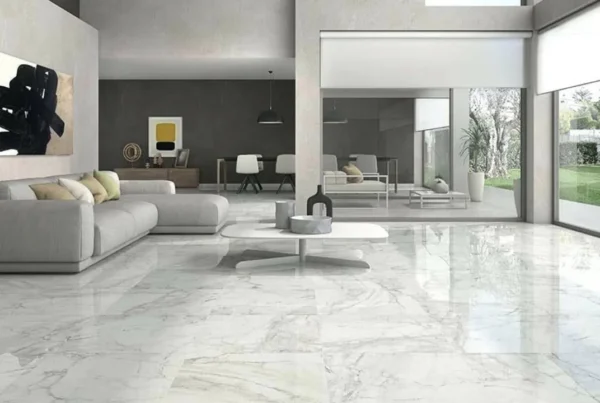Table of Contents
- Introduction to Marble Floor Polishing
- Key Steps to Polish Marble Floors
- Cleaning the Marble Surface
- Preparing the Floor for Polishing
- Using a Marble Polishing Powder
- Using a Polishing Machine
- Buffing the Marble for Shine
- Tips for Maintaining the Glossy Finish
- How Goel World Provides Quality Marble Flooring Solutions
- Conclusion
- FAQs about Polishing Marble Floors
1. Introduction to Marble Floor Polishing
Marble floors are synonymous with luxury and elegance, but over time, they can lose their luster due to wear and tear. Polishing marble floors is essential to restore their high-gloss finish and enhance their natural beauty. Regular polishing not only brings back the shine but also helps protect the marble from stains and scratches. Whether you’re maintaining an existing floor or revitalizing an older one, polishing can make a significant difference in the appearance and durability of your marble floors. This guide provides step-by-step instructions for achieving a high-gloss finish on your marble floors. At Goel World, we offer premium marble flooring and expert advice to help you keep your floors looking stunning.
2. Key Steps to Polish Marble Floors
1. Cleaning the Marble Surface
Before you begin polishing, it’s crucial to thoroughly clean the marble surface to remove dust, dirt, and any debris that could scratch the floor during the polishing process.
- Steps:
- Sweep or vacuum the floor to remove loose dirt and dust.
- Mop the floor using a pH-neutral marble cleaner or a mild detergent mixed with water. Avoid harsh chemicals like vinegar or bleach, as they can damage the marble.
- Allow the floor to dry completely before moving on to the next step.
2. Preparing the Floor for Polishing
To achieve a smooth, glossy finish, it’s important to prep the floor by addressing any stains, scratches, or dull spots.
- Steps:
- Identify any stains or scratches and treat them with a specialized marble cleaner or poultice to lift the stains.
- For light scratches, use fine-grit sandpaper or a marble polishing pad to gently buff the affected areas. Be cautious to avoid over-sanding, as this can cause uneven surfaces.
3. Using a Marble Polishing Powder
Marble polishing powder is designed to bring out the natural shine of the stone without damaging its surface. This powder is usually made from a mix of abrasives and polishing compounds that help restore the gloss.
- Steps:
- Lightly sprinkle the polishing powder onto the marble floor, focusing on one small area at a time.
- Dampen a soft cloth or sponge with water and gently rub the powder into the marble in circular motions.
- Continue polishing for several minutes, making sure to work the powder evenly into the surface.
- Wipe off any excess powder with a clean, damp cloth, and dry the area with a soft towel.
4. Using a Polishing Machine
For larger areas, a polishing machine with a marble polishing pad is ideal for achieving a professional, high-gloss finish. A floor buffer with a soft pad will help spread the polishing compound evenly and buff the marble to a brilliant shine.
- Steps:
- Attach a marble polishing pad to the floor buffer or polishing machine.
- Set the machine to low speed and apply a small amount of marble polishing powder or a commercial marble polish to the floor.
- Move the machine in circular motions, covering the entire surface evenly.
- Continue polishing until you achieve the desired shine, ensuring that no area is missed.
5. Buffing the Marble for Shine
Once the floor has been polished, the final step is to buff the marble to enhance its gloss. Buffing helps to remove any remaining residue and creates a reflective, mirror-like finish.
- Steps:
- Use a dry, soft microfiber cloth or a clean polishing pad to buff the marble.
- Work in small sections, using circular motions to bring out the shine.
- Continue buffing until the entire floor has a consistent, high-gloss finish.
3. Tips for Maintaining the Glossy Finish
To keep your marble floors looking shiny and pristine after polishing, follow these maintenance tips:
- Regular Cleaning: Use a soft broom or vacuum to remove dirt and debris daily. Clean the floors weekly with a pH-neutral cleaner designed for marble.
- Avoid Harsh Cleaners: Never use acidic cleaners like vinegar or lemon juice, as they can etch the marble and dull its shine.
- Seal the Marble: Apply a marble sealer every 6-12 months to protect the floor from moisture, stains, and scratches.
- Use Rugs and Mats: Place rugs or mats in high-traffic areas to protect the marble from scratches and wear.
- Wipe Spills Immediately: Marble is porous and can stain easily, so clean up any spills right away, especially liquids like wine, juice, or oil.
4. How Goel World Provides Quality Marble Flooring Solutions
At Goel World, we offer a wide range of premium marble flooring options that combine beauty and durability. Our high-quality marble is sourced from trusted suppliers, ensuring that your floors retain their elegance and longevity. Whether you’re looking for classic white marble or richly veined varieties, we have the perfect options for your home. Additionally, we provide expert advice on how to properly maintain and polish your marble floors to keep them in pristine condition. Visit Goel World in Lucknow to explore our selection of luxurious marble flooring.
5. Conclusion
Polishing marble floors is an essential process to restore their natural beauty and maintain a high-gloss finish. By following the right steps, from cleaning to buffing, you can achieve a professional-level shine that enhances your home’s elegance. Regular maintenance, including cleaning and sealing, is key to keeping your marble floors looking their best for years to come. Goel World offers premium marble flooring and expert guidance to help you maintain stunning, polished marble surfaces that last.
6. FAQs about Polishing Marble Floors
Q1: How often should I polish my marble floors?
It depends on the foot traffic in your home, but generally, marble floors should be polished every 1-3 years to maintain their shine.
Q2: Can I use household cleaners on marble floors?
No, avoid using acidic or abrasive cleaners, as they can damage the marble. Always use a pH-neutral cleaner specifically designed for marble.
Q3: Is it necessary to use a polishing machine for marble floors?
While a polishing machine is ideal for large areas, small sections can be polished manually with polishing powder and a soft cloth.
Q4: How do I protect marble floors from stains and scratches?
Apply a marble sealer every 6-12 months to protect against stains, and use area rugs in high-traffic areas to prevent scratches.
Q5: Where can I find high-quality marble flooring in Lucknow?
Goel World offers premium marble flooring options, along with expert advice on how to maintain and polish your marble floors for long-lasting beauty.






